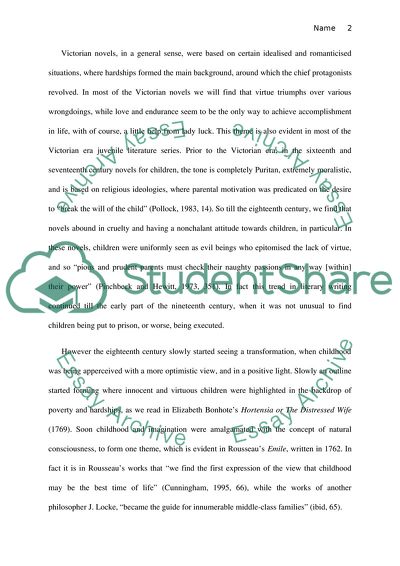Cite this document
(“Challenging Ideas of Childhood as represented in Victorian Novels Essay”, n.d.)
Retrieved from https://studentshare.org/literature/1569772-challenging-ideas-of-childhood-as-represented-in-victorian-novels
Retrieved from https://studentshare.org/literature/1569772-challenging-ideas-of-childhood-as-represented-in-victorian-novels
(Challenging Ideas of Childhood As Represented in Victorian Novels Essay)
https://studentshare.org/literature/1569772-challenging-ideas-of-childhood-as-represented-in-victorian-novels.
https://studentshare.org/literature/1569772-challenging-ideas-of-childhood-as-represented-in-victorian-novels.
“Challenging Ideas of Childhood As Represented in Victorian Novels Essay”, n.d. https://studentshare.org/literature/1569772-challenging-ideas-of-childhood-as-represented-in-victorian-novels.


